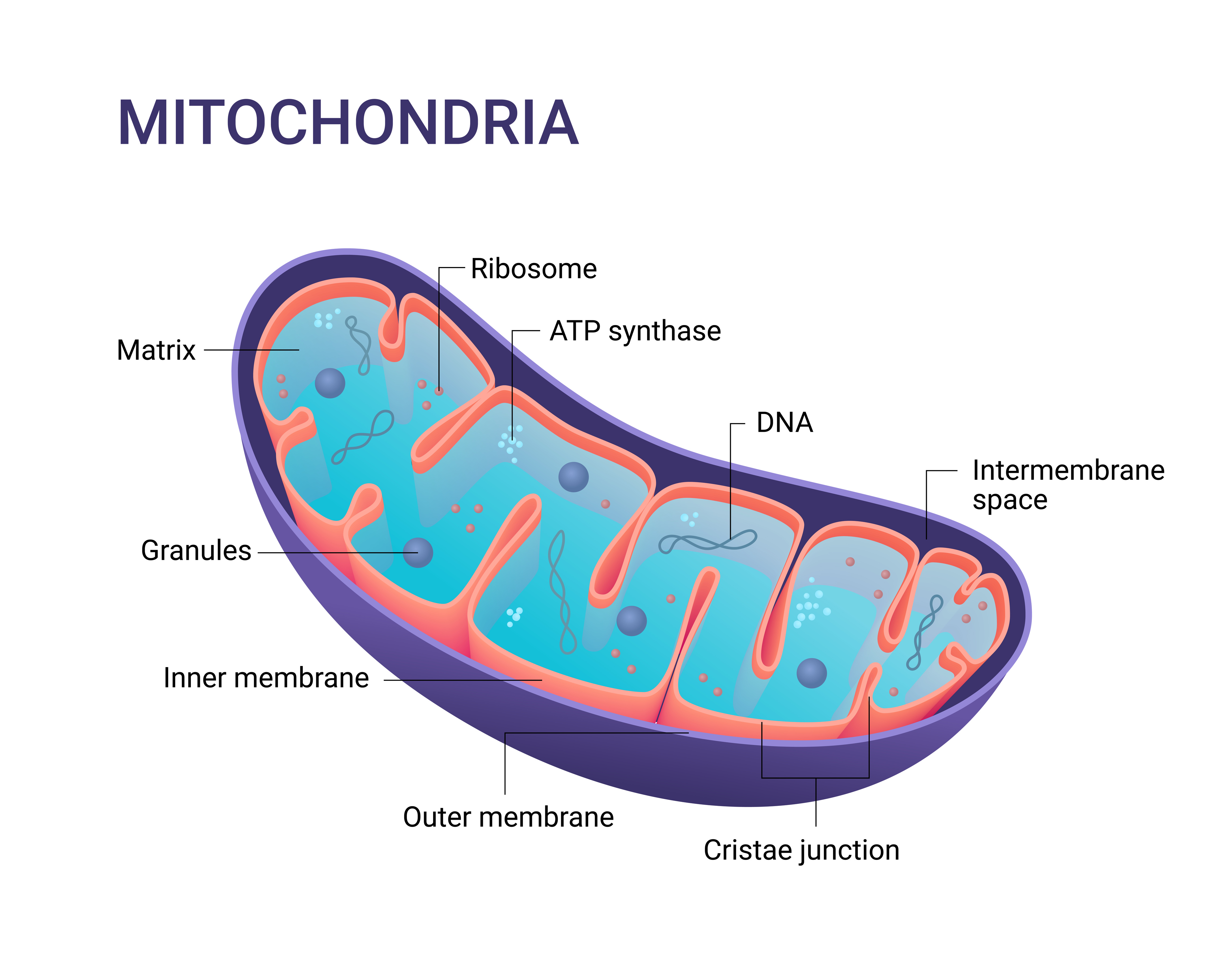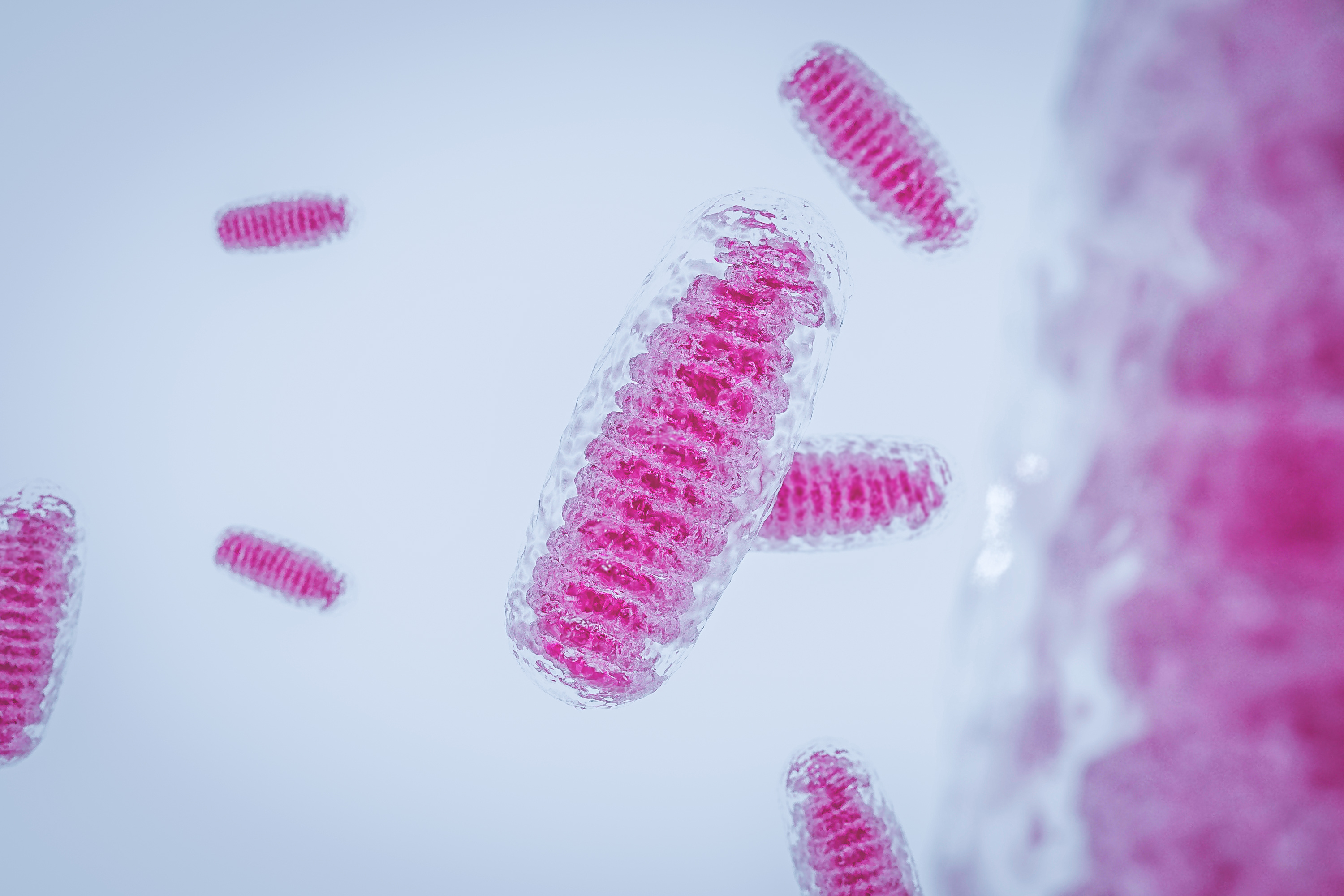
Mitochondria, often referred to as the “powerhouses of the cell,” are fascinating and essential organelles found in most eukaryotic organisms. These small, double-membrane structures play a crucial role in energy production, cellular respiration, and various metabolic processes. In this article, we will explore the intriguing world of mitochondria, uncovering fun facts about their structure, functions, and significance in the realm of biology. Join us on this cellular adventure as we delve into the secrets of mitochondria and their impact on life as we know it.
Unique Structure
Mitochondria have a unique structure that sets them apart from other cellular organelles. They consist of an outer membrane and an inner membrane, with a small space between them known as the intermembrane space. The inner membrane forms folds called cristae, which greatly increase the surface area available for energy production.

Circular DNA
Mitochondrial DNA (mtDNA) is circular in shape, unlike the linear DNA found in the nucleus of cells. This circular structure allows for efficient replication and transcription within the mitochondria.
High Mutation Rate
Mitochondrial DNA has a higher mutation rate compared to nuclear DNA. This is partly due to its proximity to reactive oxygen species produced during energy production, as well as the absence of robust DNA repair mechanisms in mitochondria. These mutations can lead to various mitochondrial diseases and have implications for human health.
The Power of ATP
One of the most significant roles of mitochondria is to produce adenosine triphosphate (ATP), the molecule that serves as the primary energy currency of cells. Through a process called oxidative phosphorylation, mitochondria generate ATP by utilizing the energy derived from the breakdown of carbohydrates, fats, and proteins.
Mitochondrial DNA
Unlike most organelles, mitochondria contain their own genetic material in the form of mitochondrial DNA (mtDNA). This circular DNA is separate from the nuclear DNA found in the cell’s nucleus. Mitochondrial DNA encodes essential proteins and plays a vital role in mitochondrial function and inheritance.
Endosymbiotic Origin
Mitochondria have an intriguing evolutionary history. According to the endosymbiotic theory, mitochondria are believed to have originated from an ancient symbiotic relationship between a eukaryotic cell and a prokaryotic organism. Over time, this symbiotic relationship led to the integration of the prokaryotic organism into the host cell, giving rise to the mitochondria we see today.
Maternal Inheritance
In most organisms, mitochondria are inherited solely from the mother. This is because the mitochondria in the sperm cells are usually destroyed after fertilization. As a result, mitochondrial DNA is often used in genetic studies to trace maternal lineages.
Eve Hypothesis
Mitochondrial DNA has been used to study human ancestry and migration patterns. The “Eve Hypothesis” suggests that all living humans share a common maternal ancestor, often referred to as “Mitochondrial Eve.” By analyzing mtDNA variations, scientists have traced back this maternal lineage to a single woman who lived in Africa around 150,000 years ago.
Heteroplasmy
Mitochondrial DNA can exhibit a phenomenon known as heteroplasmy, where different copies of mtDNA with varying sequences coexist within an individual. Heteroplasmy can contribute to the variability of mitochondrial diseases and their severity, as the proportion of mutated mtDNA can differ in different tissues.
Dynamic and Mobile
Mitochondria are not static organelles but rather dynamic and highly mobile structures within the cell. They constantly change their shape, fuse together, and divide into smaller units through a process known as fission and fusion. This dynamic behavior allows mitochondria to respond to the cell’s energy demands and adapt to changing conditions.
Energy Generation
Mitochondria’s primary function is to produce ATP, which is essential for powering various cellular processes. Adequate ATP production is crucial for the proper functioning of tissues and organs, including the brain, muscles, and heart. Any disruption in mitochondrial function can have significant implications for overall energy levels and health.
Mitochondrial Disorders
Mutations or abnormalities in mitochondrial DNA can lead to mitochondrial disorders, a group of genetic diseases that affect energy production and cellular function. These disorders can manifest in a wide range of symptoms, including muscle weakness, neurological problems, and organ dysfunction.
Aging and Mitochondria
The role of mitochondria in aging has been a subject of scientific interest. Over time, mitochondrial DNA can accumulate mutations, leading to decreased mitochondrial function and increased oxidative stress. This has led to the theory that mitochondrial dysfunction may contribute to the aging process and age-related diseases.

Mitochondria and Exercise
Exercise has been shown to have a positive impact on mitochondrial function. Regular physical activity promotes the growth and health of mitochondria, enhancing their capacity for ATP production and improving overall energy metabolism in the body.
Mitochondria and Disease Research
Mitochondrial research is a rapidly advancing field with implications for various diseases. Scientists are studying the role of mitochondria in conditions such as neurodegenerative disorders, cancer, diabetes, and cardiovascular diseases. Understanding mitochondrial function and developing targeted therapies hold promise for future medical advancements.
Conclusion
Mitochondria, the powerhouses of the cell, are intricate and essential organelles that impact nearly every aspect of cellular function and human health. From their unique structure and dynamic behavior to their role in energy production and disease research, mitochondria continue to captivate scientists and researchers worldwide. Their significance extends beyond the realm of biology, as they offer insights into the fundamental mechanisms of life itself. By unraveling the mysteries of mitochondria, we gain a deeper understanding of our own existence and the intricate workings of the natural world.
Frequently Asked Questions (FAQs)
Can mitochondria be found in all cells?
Mitochondria are present in most eukaryotic cells, including plants, animals, fungi, and protists. However, certain specialized cells, such as mature red blood cells, lack mitochondria.
How many mitochondria are there in a cell?
The number of mitochondria in a cell can vary depending on the cell type and its energy requirements. Cells with high energy demands, such as muscle cells, can contain thousands of mitochondria, while others may have only a few.
Can mitochondria replicate?
Yes, mitochondria have their own DNA and can replicate independently of the cell’s nuclear DNA. This process allows mitochondria to increase their numbers to meet the cell’s energy needs.
Are mitochondria only involved in energy production?
While energy production is a primary function of mitochondria, they also play roles in other cellular processes. For example, mitochondria are involved in calcium signaling, apoptosis (programmed cell death), and the synthesis of certain molecules.
Can mitochondria be inherited?
Yes, mitochondria can be inherited, but they are typically inherited maternally. This is because the mitochondria in the sperm are usually destroyed after fertilization. Thus, mitochondrial DNA is primarily passed down from mother to child.
Was this page helpful?
Our commitment to delivering trustworthy and engaging content is at the heart of what we do. Each fact on our site is contributed by real users like you, bringing a wealth of diverse insights and information. To ensure the highest standards of accuracy and reliability, our dedicated editors meticulously review each submission. This process guarantees that the facts we share are not only fascinating but also credible. Trust in our commitment to quality and authenticity as you explore and learn with us.
